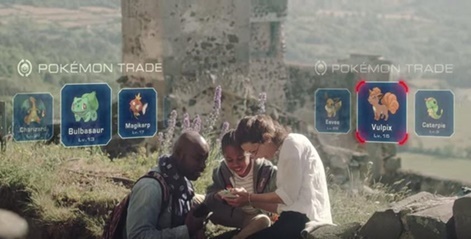When Norwegian studio Dirtybit first launched its real-time multiplayer racing game Fun Run, it struggled for traction.
But undeterred, the firm set up booths in public spaces to get people playing as well as encouraging players to tweet about #FunRun for a chance to win currency.
The eventual result was the game trending on Twitter, topping the US App Store and scoring 90 million downloads.
Now taking the stage at Pocket Gamer Connects London, Aurora Klaeboe Berg - former VP of Business and Marketing and Dirtybit, now co-founder and COO of Megacool - is keen to share some growth hacks to help others find similar success.
"If you don't have $6 to spend per good user, what can you do with your current users to make them market the game for you?" she questions.
First impressions
She begins at the beginning by enocuraging that developers really work on their onboarding process.
One thing that definitely doesn't constitute a good first interaction with a game, she argues, is being hit with a push notification request.
"If and when you're offering a push notification, you need to give the users a reason," Klaeboe Berg says. "And move it away from that first screen."
Similarly, especially in a casual game, she argues that developers should let player get stuck in as soon as possible.
Between convoluted options screens and additional data downloads, at her count it is six minutes before any first-time user of Super Mario Run can get into the game.
"A user is downloading your game to play," she says. "I wonder how many users [Nintendo] lost with that."
Spread the word
Relatedly, Klaeboe Berg also urges developers to A/B test their player onboarding - with the ultimate measure being whether it is intuitive enough to pass the "grandma test."
Finally, it's what proved crucial for Fun Run's success: building in the potential for social virality. One way of encouraging this is by making gameplay public - the recent example of this being Pokemon GO driving players to real-world locations.

More traditionally, she recommends that developers "make it relevant to share" online and across social media.
Ways of doing this include generating context-sensitive - rather than generic - messages for players who tap the in-game 'Share' button.
An in-game screenshot function, rather than relying on hardware, is also encouraged.
Even more effective are games like Steppy Pants that allow players to generate animated GIFs of their gameplay.
"GIFs say more than fifty images," she concludes, summing up the essential premise of Megacool and its SDK. "It's showing so much more, and it's engaging."






















